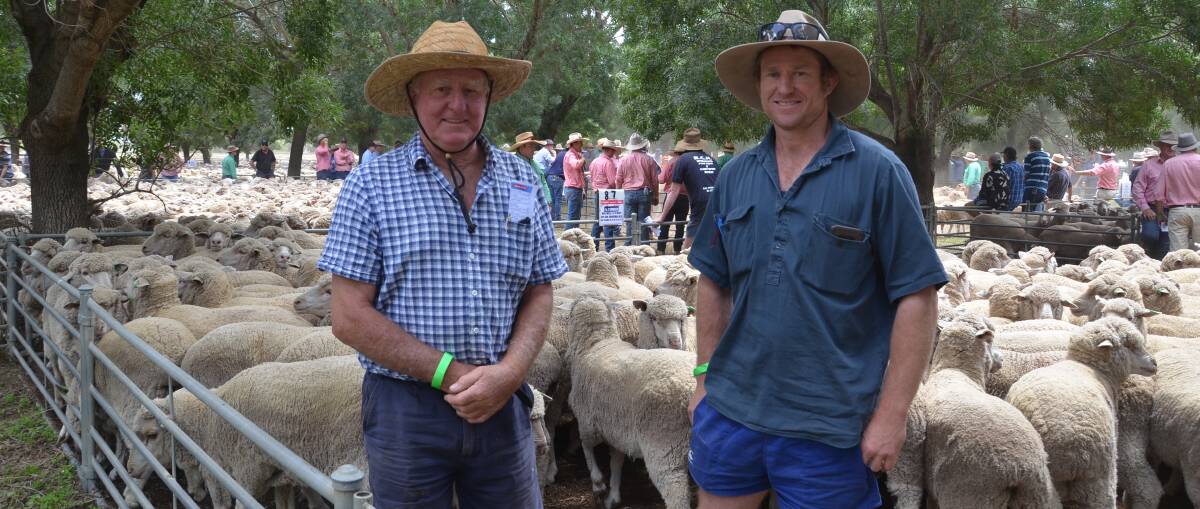
The latest east coast slaughter figures have started the year off sluggishly, with lower than average figures for both lamb and sheep, confirming the tight supply of stock.
Subscribe now for unlimited access to all our agricultural news
across the nation
or signup to continue reading
The first week of trading in January saw weekly levels 22pc under the seasonal five-year average and the 287,167 lambs processed in the eastern states was 20pc lower than 20 months ago.
East coast mutton slaughter opened the season 32pc below the five-year average trend and 45pc under the 2020 pattern with a weekly slaughter total of 83,561 head.
Last week numbers improved slightly, with lamb slaughter lifting by 12pc and sheep slaughter by 7pc.
Victoria had the biggest increase for lamb slaughter rising by 17pc compared to the week prior, albeit still travelling 27pc below the same time last year.
NSW recorded a 25pc increase in sheep slaughter for the week, but was still 38pc down on last year's level.
According to Thomas Elder Markets analyst Matt Dalgleish, while it is still early in the season, with sheep markets all coming in lower than the 2020 trend, it may signal another tight season ahead.
"The sheep slaughter rates could be a pre-curser to what may be in store this season in terms of tightness of supply," he said.
"If you look at sheep slaughter compared to lamb last season, sheep stayed on the lower end of normal for most of the season whereas lamb, depending on where it was in the season, there were times when lamb slaughter was back up at average or above average.
"I think a good proportion of that was due to restocking. If you look at the break-down of slaughter across the states, it was evident in some of those slaughter figures out of NSW.
"NSW was keeping the eastern states lower with the big incentive to rebuild flocks."
He predicts the appetite to continue the flock rebuild in NSW will continue to be strong.
"Slaughter rates is one of those indicators that can show where the industry is in terms of rebuild or destocking," he said.
East coast lamb throughput is sitting 16pc ahead of the average trend for this time in the year and 29pc above the volumes seen during this week in 2020.
"I think this is due to the strong opening prices for lamb. The ESTLI opened the season at over 880c/kg ,which is a big jump compared to what it closed at at the end of last year," he said.
"I was surprised to see that 880c/kg level, but it has eased over this first few weeks and I think now the proper volumes are starting to come through that are more reflective of what we are likely to see."


